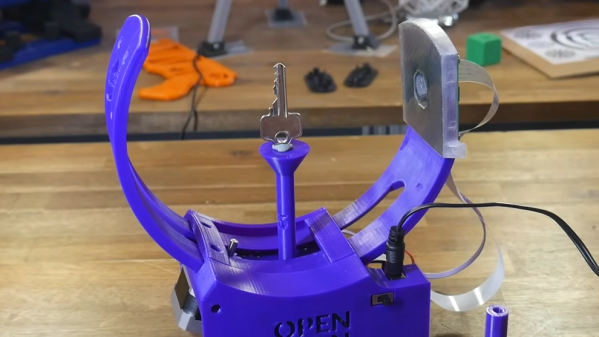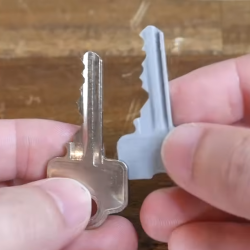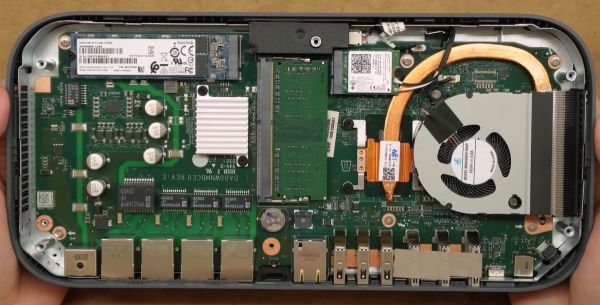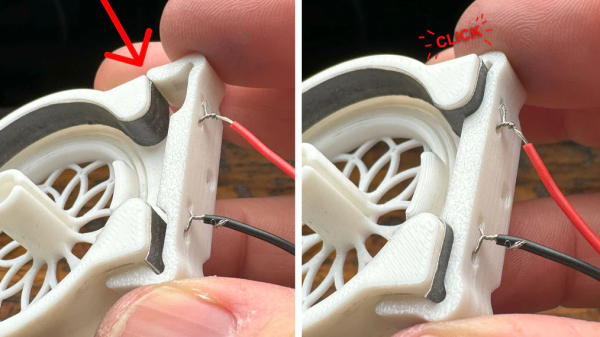When you find a portable TV from the 1980s, and it reminds you of the portable Commodore 64, there’s only one thing to be done. [Aaron Newcomb] brings us the story of taking an Emerson PC-6 and mating it to the guts of his THEC64 Mini. It’s a bit of a journey, as the process includes modding the TV to include a composite input and trimming some unused PCB off the TV’s mainboard. Then some USB ports and a three-and-a-half inch floppy drive were shoehorned into the chassis, with the rear battery compartment holding the parts from THEC64 Mini.
The build was not entirely without issue. It turns out the degaussing coil connector can plug perfectly into the service port, and Murphy’s law proved itself true again. But no harm was done, and the error was quickly discovered. All that was left was to button the chassis back up and add some paint and 3d-printed trim details. The build looks great! Come back after the break to watch the video from the [Retro Hack Shack] for yourself.



















